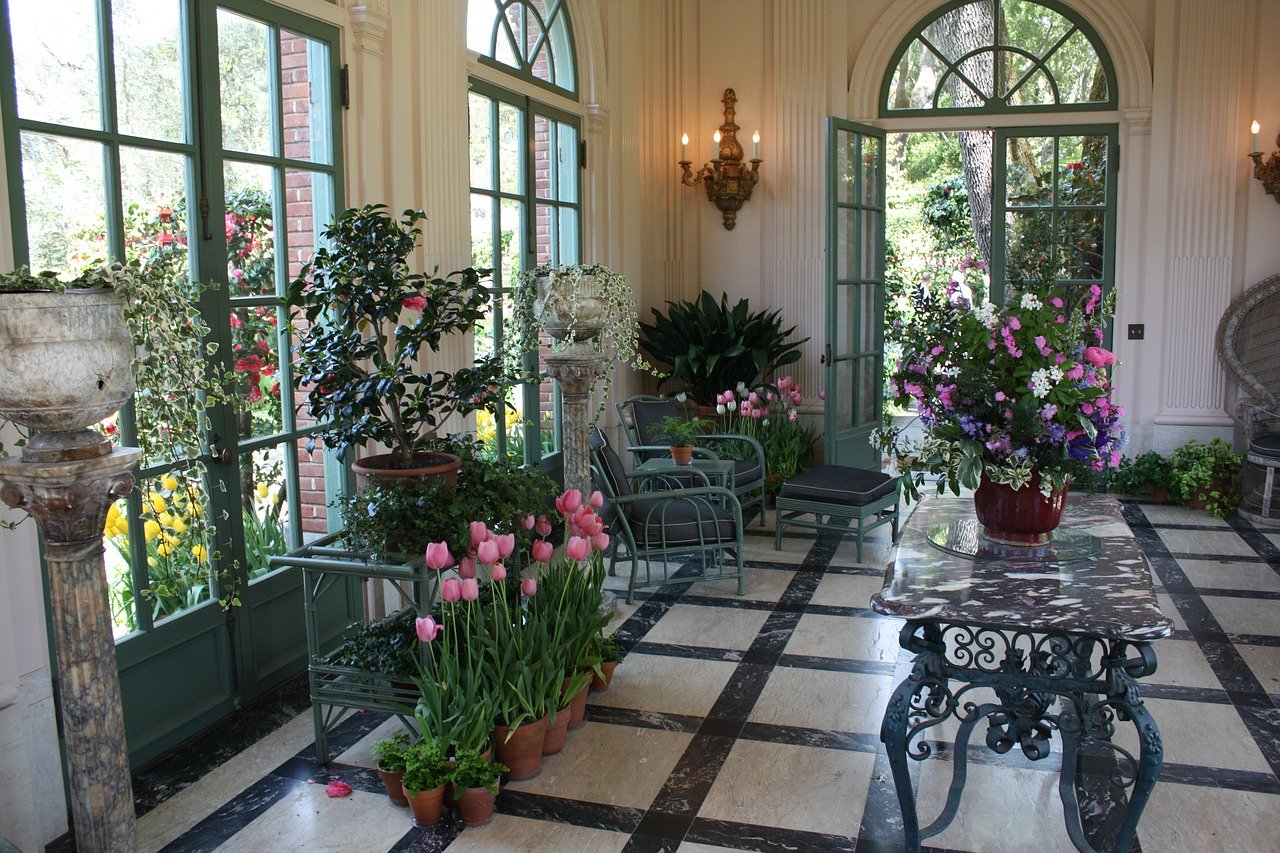Growing your own plants is fulfilling. Not only it will help you save money, but it also a lot of benefits that we can get from it. It is a good natural ornament in your home to uplift the ambience and give colors to your home. Plants is also giving off fresh oxygen for us to breathe and absorb negative air. But growing plants during winter is not that easy because plants needs sunlight. Extreme weather can hinder the growth of the plant and can kill them.
Here are some materials you need to take care of your plants:
Use Grow Light
A grow light or a light plant is an artificial source of light to stimulate plant growth. In order to grow them healthily and fast, you might need 600 watt LED grow lights, depending on how many plants you are growing. These growing lights are specially designed to substitute natural sunlight, stimulating photosynthesis and providing the right color spectrum where the plant can grow and flourish. With the right fixture or bulb, you can have delicious tomatoes in the dead of winter or award-winning violets year-round.
Find the Right Soil

It is advisable to get a soil that is tailored to the particular plant you are growing. A good indoor potting soil mix is usually composed of peat moss, vermiculite and perlite. These soilless mixes takes moisture very well and resist compaction, but they can dry out very fast. Since they do not have any nutrients, you must give your plants with a right amount fertilizer. One advantage to a soilless mix is there is no chance of pest infestation.
Right Amount of Water

Houseplants mostly die from over-watering than from anything else. The best advice is to always check your soil and water only if it feels dry to a depth of half to an inch. When you do water your plant, drench the root ball until you can see some water seep out the bottom of the pot. This will ensure that the entire root ball gets moistened. Small pots will benefit from being soaked in water for about an hour, once a month.
Fertilizers
Indoor plants are usually not fussy about fertilizers. The most crucial thing is to not put too much. Always water your plants thoroughly before putting any fertilizer. Supplementing with an organic amendment such as liquid seaweed or fish emulsion, or a biostimulant, will provide some of the trace nutrients lacking in an inorganic plant fertilizer. A top dressing of compost or worm castings is another effective way to add organic nutrients. Always do a research on when to use the fertilizer to avoid overdoing it.




